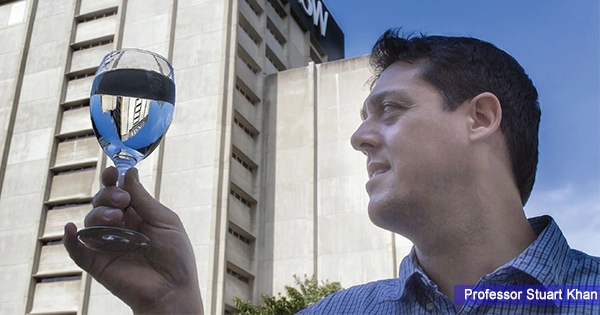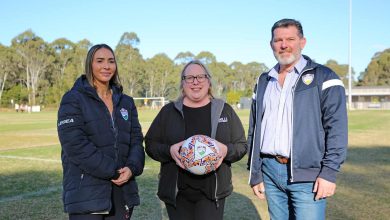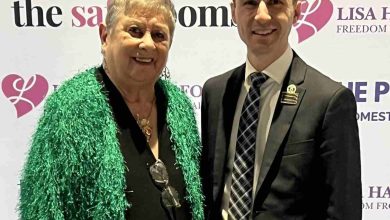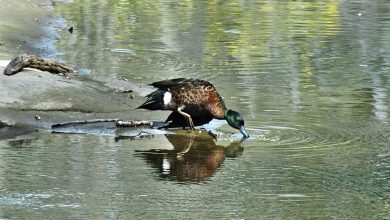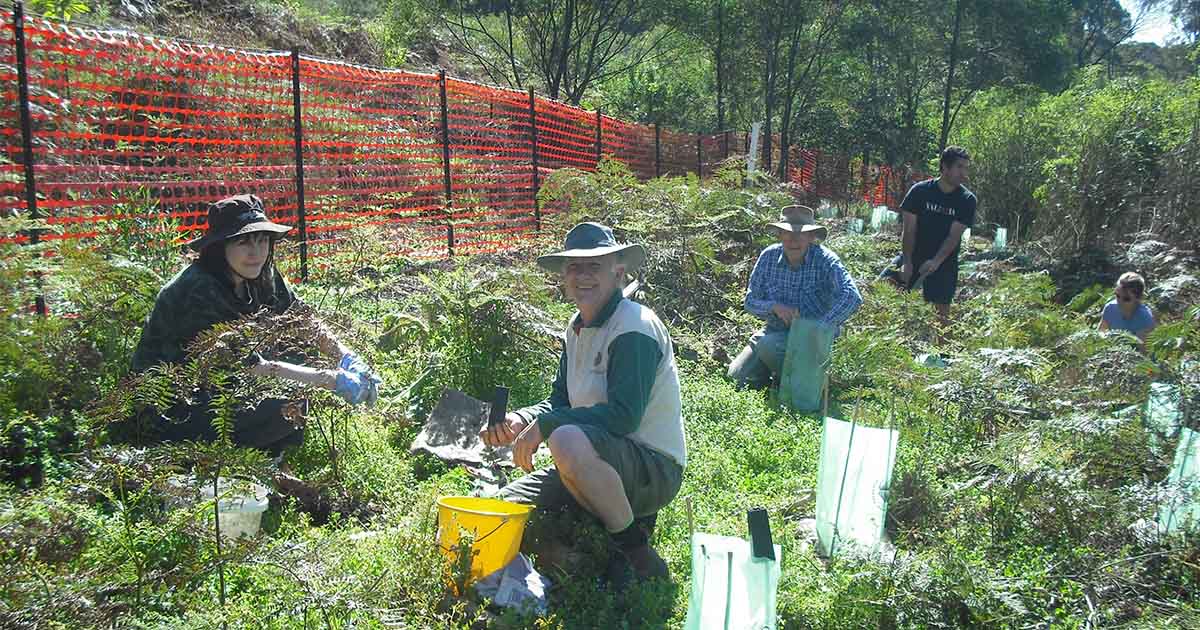Alternative to Raising Warragamba Dam’s Wall
[vc_row][vc_column width=”1/6″ offset=”vc_col-lg-1/5 vc_col-md-1/5 vc_col-xs-1/5″][us_image image=”67177″ size=”thumbnail” align=”left” style=”circle” has_ratio=”1″][/vc_column][vc_column width=”1/12″ offset=”vc_col-lg-4/5 vc_col-md-4/5 vc_col-xs-4/5″][vc_column_text]By Tony Bosworth[/vc_column_text][us_post_date][/vc_column][/vc_row][vc_row][vc_column][vc_column_text]Following on from our story about the calls to raise the wall at Warragamba Dam, we asked engineering expert Professor Stuart Khan how he believed the Hawkesbury flood issue could be solved, or at least dramatically lessened, without raising the wall.
Professor Khan is Professor at the School of Civil & Environmental Engineering, and Director of the Australian Graduate School of Engineering (AGSE) at the University of NSW. His tweets during the unfolding flood situation, with expert analysis and clear and easy-to-understand information on what was happening out there, were followed by thousands of people.
“I believe a buy-back program for houses below the 1-in-100 flood line would be appropriate. Substantial flood mitigation capacity can be provided for the Warragamba source without having to raise the dam wall. If we reduce the full supply of the dam level by 12m, that would create 800 gigalitres of space for flood mitigation (40% of the total dam capacity).
Doing this would obviously have an impact on Sydney’s drinking water supply security. It would reduce Sydney’s long-term sustainable water yield by 80 gigalitres per year. However, that loss could be immediately replaced by the expansion of Sydney’s seawater desalination plant.
The desalination plant can currently produce 90 gigalitres of drinking water per year, but that could be expanded to a further 90 gigalitres per year. Doing so will increase Sydney’s overall long-term sustainable water yield slightly (+10 GL/year). But it will more significantly increase drought resilience by having rebalanced our water sources towards more rainfall-independent supply.”
The changes outlined above could easily be made – some are simply legislation tweaks – and as Dr Khan points out they could then help lesson the damage from any future floods, without spending $2bn on raising the Warragamba Dam wall.
But there is one further step, which would be challenging and costly but would also make the Hawkesbury even more flood resilient.
“I think some consideration should be paid to addressing the ‘choke’ effect that prevents water from efficiently draining from the Hawkesbury region during floods,” Prof Khan says.
“There is no simple solution for this, but you could consider cutting a flood release channel from upstream of Sackville, through Maroota, out to the Hawkesbury River, below Wisemans Ferry. Some of this would be an open channel – between Sackville and Maroota – and some would need to tunnel under the hills north/east of Maroota.
The channel would require appropriately sized levies at either end, to keep water out most of the time and prevent high tides entering from the lower Hawkesbury side. But floods of a pre-determined size would overtop the levies and be provided with an alternative and more efficient drainage route.”
However, one very large factor looms – the Hawkesbury is exhausted and battered from fighting floods and there are loud calls for action – so the impetus is there and radical solutions may be the only answer.
You can read more Hawkesbury news at Hawkesbury Post on www.hawkesburypost.com.au or facebook.com/hawkesburypost
